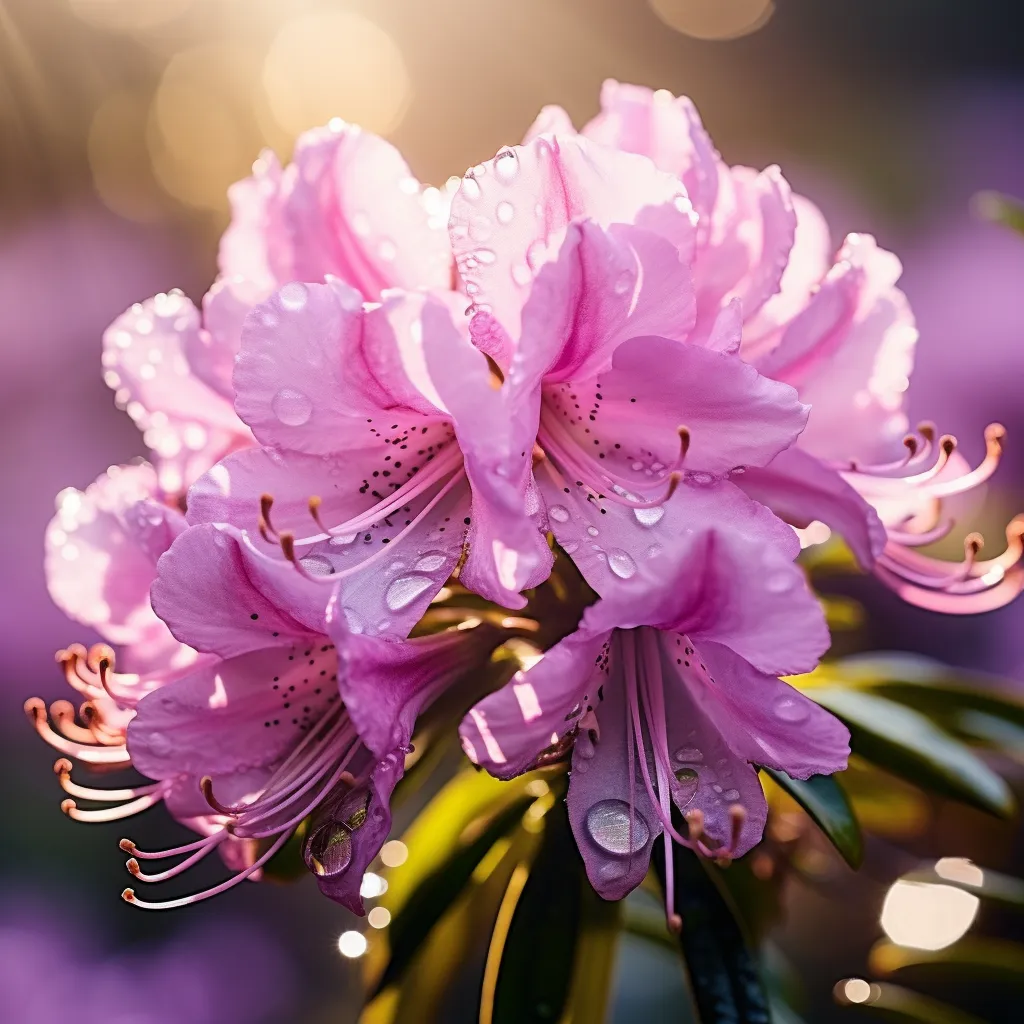Story of Day :
Contents
Rhododendron Tidbit Plant Care Tips
If you’re a garden enthusiast like me, you probably love the vibrant colors and beauty that rhododendrons bring to your landscape.
These stunning flowering plants are known for their large clusters of blooms and evergreen foliage.
However, caring for these plants can sometimes be a bit tricky.
That’s why I’ve put together this comprehensive guide on Rhododendron Tidbit plant care tips to help you keep your rhodies happy and healthy.
1.
Choosing the Right Location
When it comes to planting rhododendrons, location is key.
These plants thrive in dappled shade or filtered sunlight rather than direct sunlight.
They prefer well-drained soil with a pH level around 5.5 to 6.0.
- Select an area in your garden that offers partial shade or morning sun with afternoon shade.
- Avoid planting them near trees or shrubs with shallow root systems that could compete for nutrients and water.
- If your soil is too alkaline, consider amending it with peat moss or sulfur to lower the pH level.

2.
Watering Routine
Rhododendrons have shallow roots that are prone to drying out quickly, especially during hot summer months.
It’s important to establish a regular watering routine for these plants.
- Water deeply once per week during dry spells, ensuring the water reaches the root zone.
- Avoid overhead watering as it can lead to leaf diseases and fungal infections; instead, use a soaker hose or drip irrigation system at ground level.
- Mulch around the base of the plant with 2 to 4 inches of organic mulch, such as wood chips or pine needles, to help retain moisture and regulate soil temperature.
3.
Pruning Basics

Pruning is an essential part of rhododendron care, as it helps maintain the plant’s shape and promote better air circulation.
However, it’s important to follow proper pruning techniques to avoid damaging the plants.
- Prune immediately after flowering in late spring or early summer before next year’s buds set.
- Remove dead or diseased branches by cutting them back to healthy wood with clean pruning shears.
- Avoid heavy pruning unless necessary; instead, focus on light shaping and thinning out overcrowded branches.
4.
Fertilization Needs
Rhododendrons have specific nutritional requirements that should be met for optimal growth and flowering.
Here are some key points to remember:

- Fertilize in early spring before new growth begins using a slow-release rhododendron-specific fertilizer or a balanced organic fertilizer with equal amounts of nitrogen (N), phosphorus (P), and potassium (K).
- Avoid over-fertilizing as it can lead to excessive foliage growth at the expense of flower production.
- If your soil lacks essential nutrients, consider conducting a soil test for accurate fertilization recommendations.
5.
Dealing With Pests and Diseases
Rhododendrons can fall victim to various pests and diseases if not properly cared for.
Here are some common issues you may encounter:

- Pests:
- Aphids: Spray affected plants with a strong jet of water to dislodge aphids, or use insecticidal soap if the infestation is severe.
- Spider Mites: Increase humidity around the plants by misting them regularly and prune out heavily infested branches.
- Diseases:
- Powdery Mildew: Improve air circulation around the plant and avoid overhead watering.
If necessary, apply a fungicide labeled for powdery mildew control.
- Root Rot: Ensure proper drainage and avoid overwatering to prevent root rot.
If symptoms occur, remove affected plants and treat the area with a fungicide.
Conclusion
Caring for Rhododendron Tidbit plants requires attention to detail, but the rewards are well worth it.
By choosing the right location, watering properly, pruning correctly, providing adequate nutrition, and staying vigilant against pests and diseases, you can enjoy these stunning flowering shrubs in your garden year after year.
Follow these tips to keep your rhodies healthy and thriving!</p